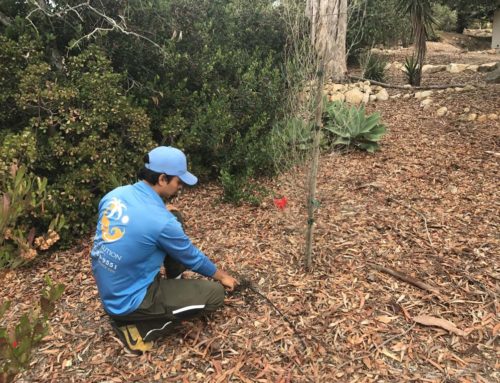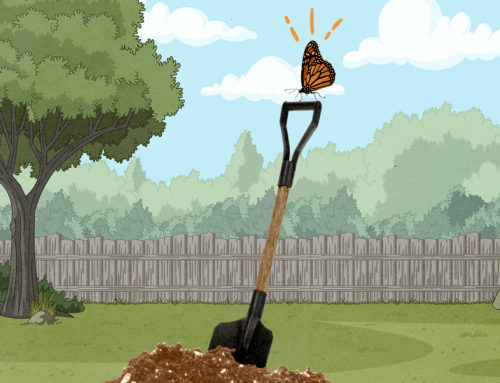Are You Overfertilizing Your Plants?
Here in the real world, however, fertilizers can be applied in excess and can harm plants. So as gardeners, we must be attuned to the signs that these treatments actually need to be dialed back, lest we do more damage in our efforts to help plants come back to life.
What are the signs? Look first at the leaves. Yellowing and wilting are common ones that can lead us to try pumping our plants with more growing power. But a weak or paltry appearance might actually be an indicator that our plants can’t handle the amount of nitrogen or potassium they are being given. Dying or browning leaves, too, can signal burnout from too much fertilization.
Look also at the roots if you can. Brown, black or rotting roots can signal that the soil is too rich in the wrong nutrients. While you’re there, check the surface of the soil, too. A whitish, crusty appearance on the surface of potted plants is a good sign that the soil has been unable to take up the excess nutrients in applications of the plants’ fertilizer.
LANDSCAPE DESIGN – SANTA BARBARA
When it comes to creating a landscape, homeowners generally fall into two categories: those who itch to start putting plants into the ground themselves and those who recognize a need to hire out the work. Just as it wouldn’t be wise to …
A whole plant evaluation is a good way to diagnose the problem, as well. Have you witnessed excessive leaf drop or a slowdown in the plant’s growth? While, again, these symptoms might make the amateur gardener head to the hardware store for more treatment products, it could be that the plant is actually experiencing severe imbalances in its soil content.
If plants are showing sign of stress and fertilizer has been tried, it might be time to reverse that approach. When a lot of plants in an outdoor bed are ailing, test the soils by sending a sample to your local college extension for analysis to see what it needs, or needs less of.
If you’ve confirmed that a potted plant was over-fertilized, flush the soil with water to wash away some of the excess fertilizer, allowing it to drain before watering again.
Outside, the best plan for maintaining all of your plants’ health is the enlist the help of a landscape professional who knows best when to fertilize plants, and when to hold off.







Leave A Comment
You must be logged in to post a comment.